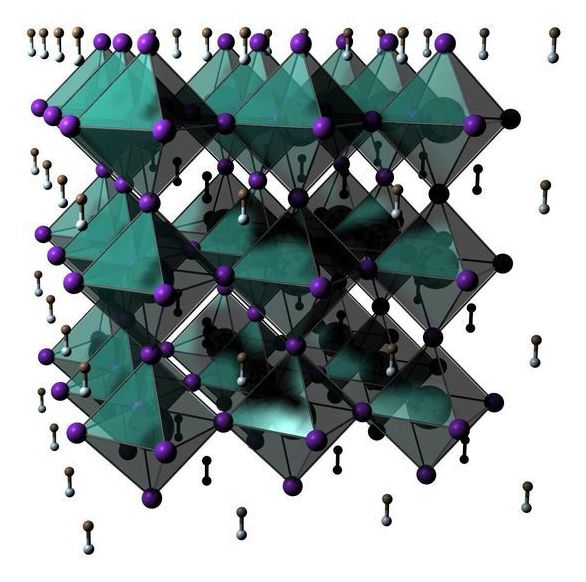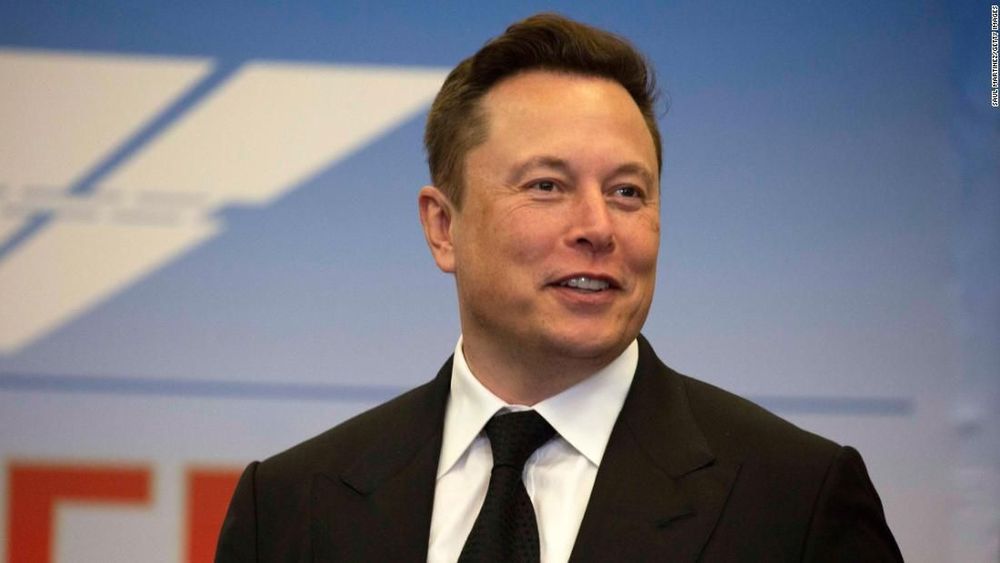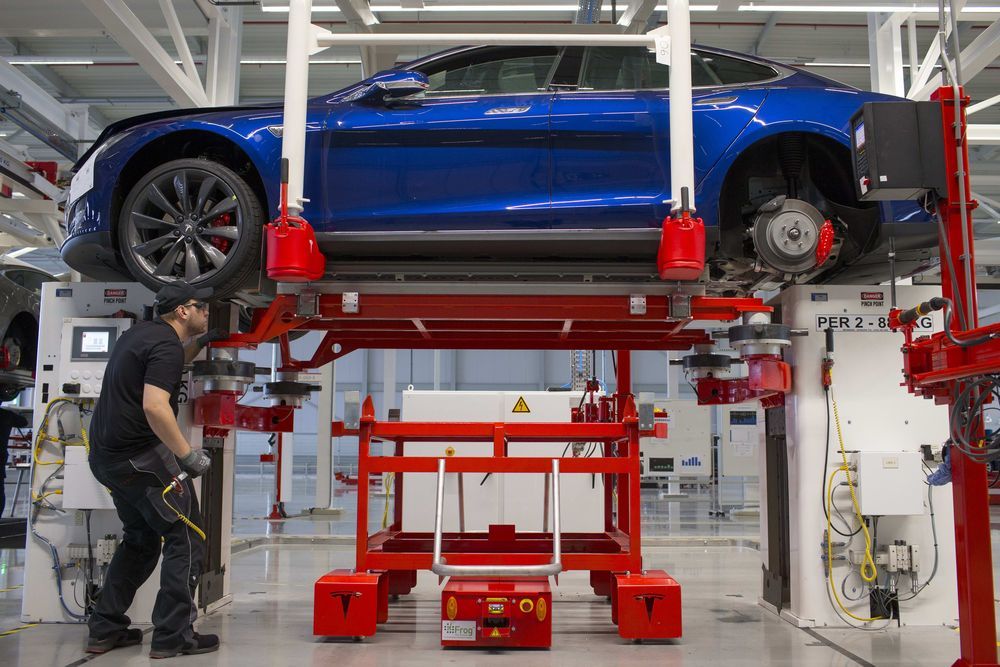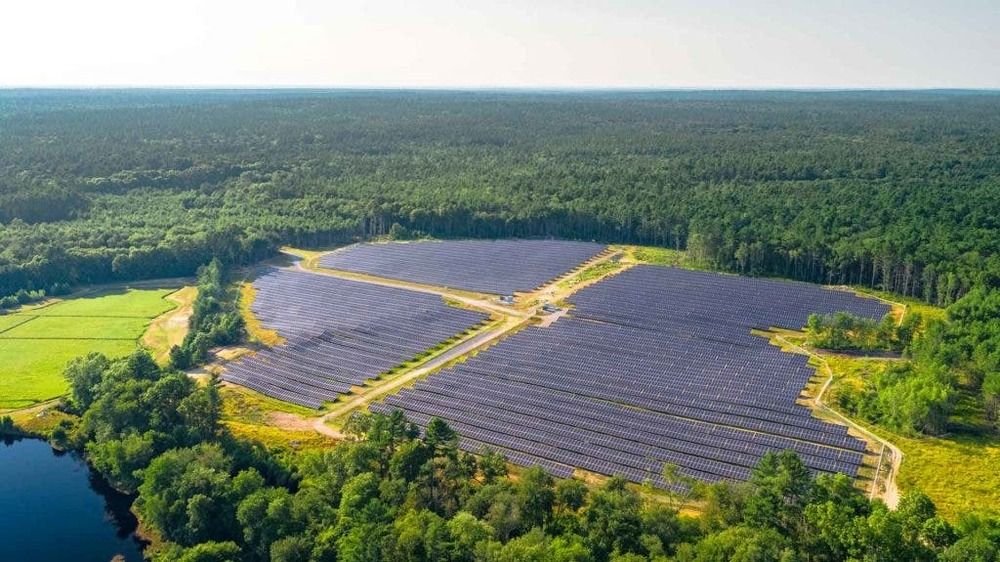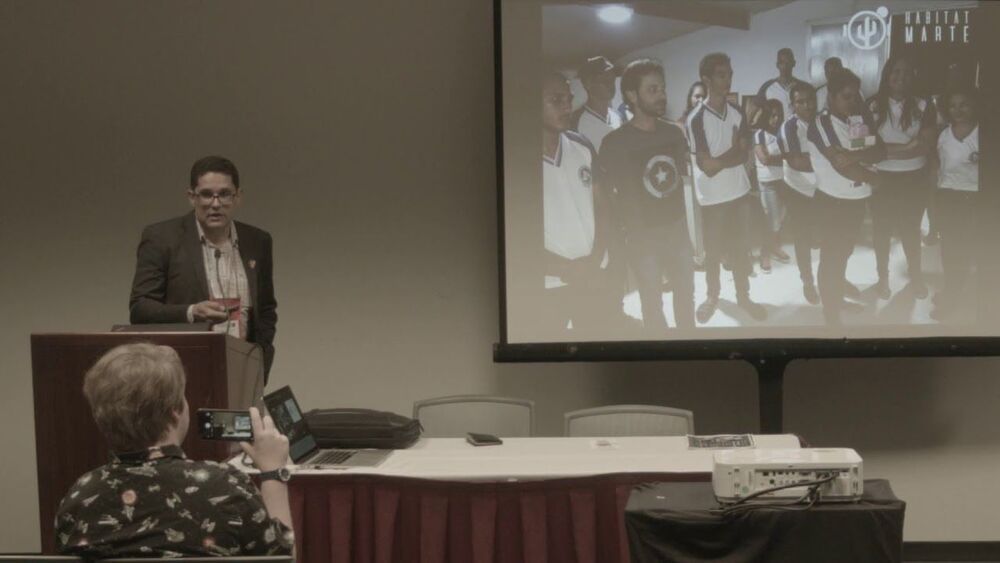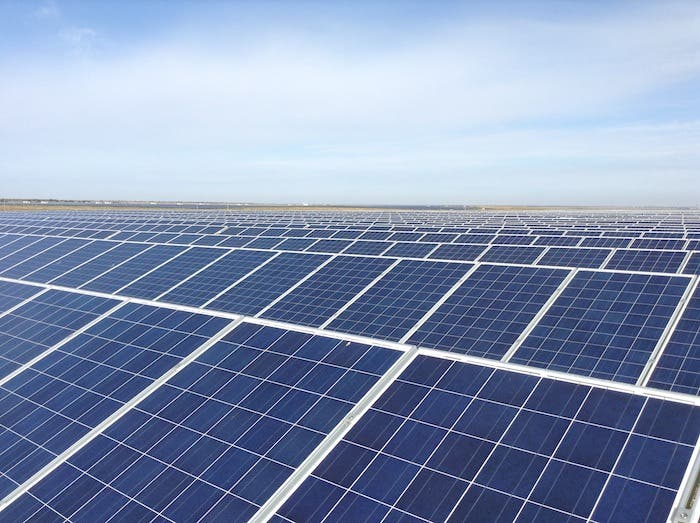Originally intended to make the record attempt this month, plans for the (hopefully) record-breaking run have now been delayed until next year. There seems to be a lot of electric vehicle world record attempts being delayed lately.
But that’s no matter to the Voxan team, including six-time motorcycle racing world champion Max Biaggi, who plans to ride into the record books on the Salar de Uyuni salt flat in Bolivia in July 2021.
The delay may have prevented the team from making their record run this month, but it hasn’t stopped them from unveiling the impressive bike today.

